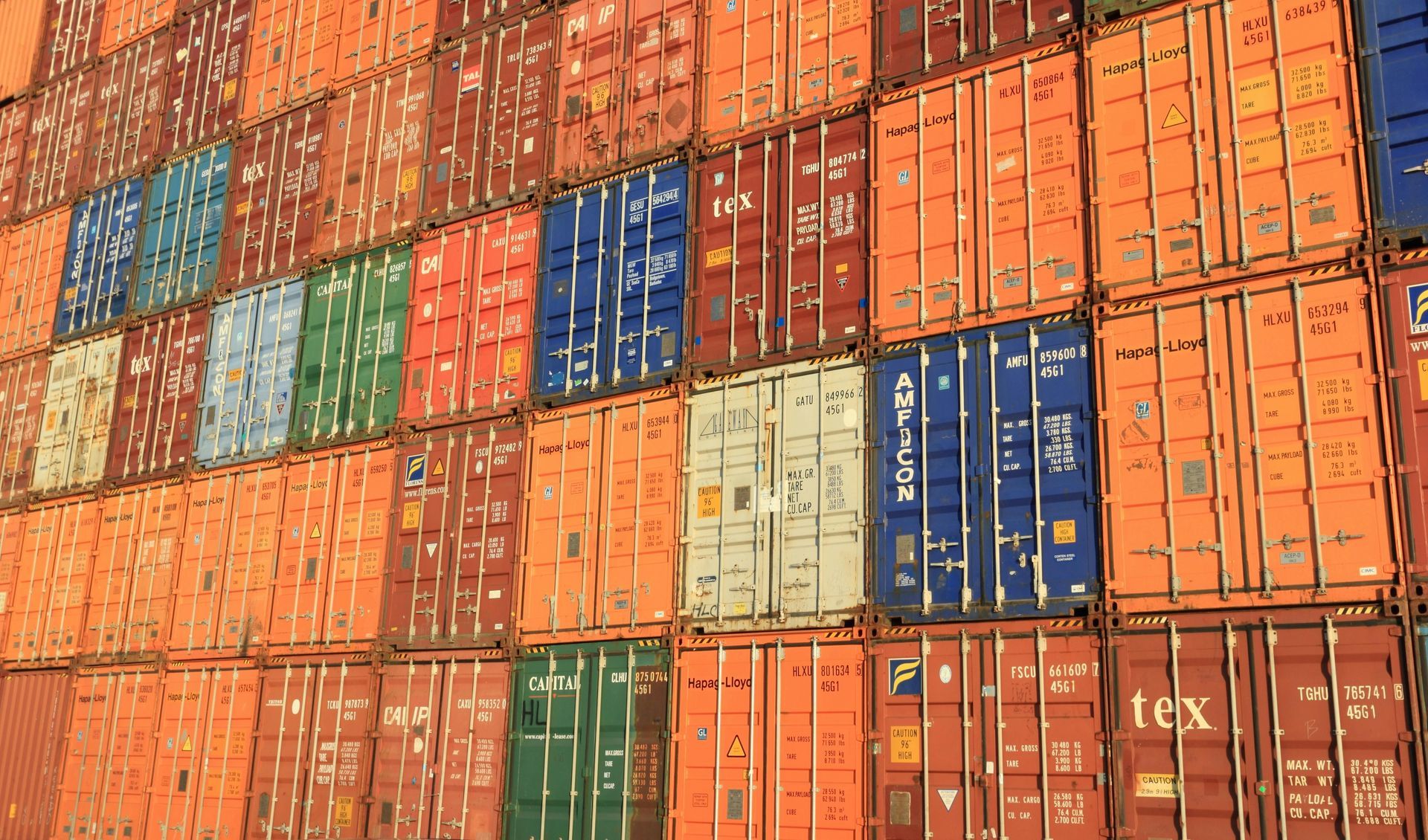Boost Your Business by Elevating Customer Experience (CX)
Want to scale your business? Start with customer experience. Great CX builds trust, loyalty, and sparks word-of-mouth referrals—all essential for growth. Here’s 7 best practices on how you can make CX your secret weapon for sustainable success.
1. Know Your Customers Inside Out
Understanding your customers deeply is the foundation of excellent CX. Build detailed personas to capture who they are, what they value, and why they buy. Collect feedback continuously through surveys, Net Promoter Score (NPS), and other tools. Mapping the customer journey—from awareness to purchase and beyond—lets you see where the experience can shine, enabling you to invest in improvements that make the biggest difference.
2. Personalization is a Game-Changer
Personalization turns a transaction into a relationship. Use customer data to customize recommendations, emails, and even pricing for individual preferences. Personal touches—like offering special discounts or sending reminders based on past behavior—make customers feel valued and strengthen their loyalty to your brand.
3. Simplify the Buying Process
The buying experience should be as effortless as possible. Streamline checkout, reduce unnecessary steps, and offer multiple payment options. Ensure your website and app are intuitive, user-friendly, and free of friction. Giving easy access to product info, pricing, and clear return policies builds trust and increases the likelihood of completing a purchase. For mobile shoppers, ensure the process is optimized for a seamless experience across devices.
4. Be There When Customers Need Support
Customer support can make or break CX. Offer multiple channels—live chat, email, phone, social media, and AI chatbots—so customers can reach out in their preferred way. Where possible, provide 24/7 support, especially if you serve international markets. Proactively reaching out when potential issues arise demonstrates care and can keep customers loyal, even when things don’t go perfectly.
5. Ensure Consistency Across All Channels
Consistency is king. Whether customers engage with you online, in-store, or over the phone, ensure every interaction reflects your brand’s values and service standards. Cohesive branding, messaging, and service quality across touchpoints build trust and a sense of reliability, making customers feel connected to your business.
6. Leverage CRM Tools for Better CX
Investing in CRM tools like Salesforce, HubSpot, or Zoho enables you to track interactions, personalize communication, and automate follow-ups. CRM data helps identify customer preferences, enabling you to offer relevant recommendations or timely emails. AI chatbots can handle routine queries instantly, improving efficiency and response times for the best customer support experience.
7. Proactive Problem-Solving Adds Value
Stay ahead by predicting customer needs and proactively solving problems before they arise. CRM tools can track sentiment and purchase behavior, allowing your team to preemptively address potential issues or reach out with relevant offers or solutions. This level of care adds immense value and solidifies a positive impression of your brand
Stay tuned for Part 2, where we’ll dive into advanced CX strategies to keep your customers coming back



